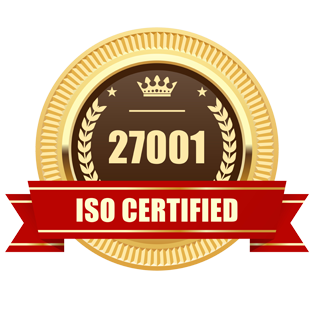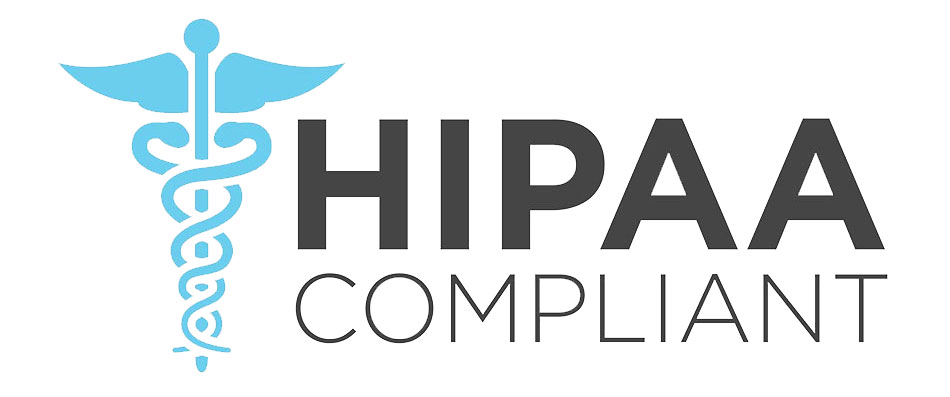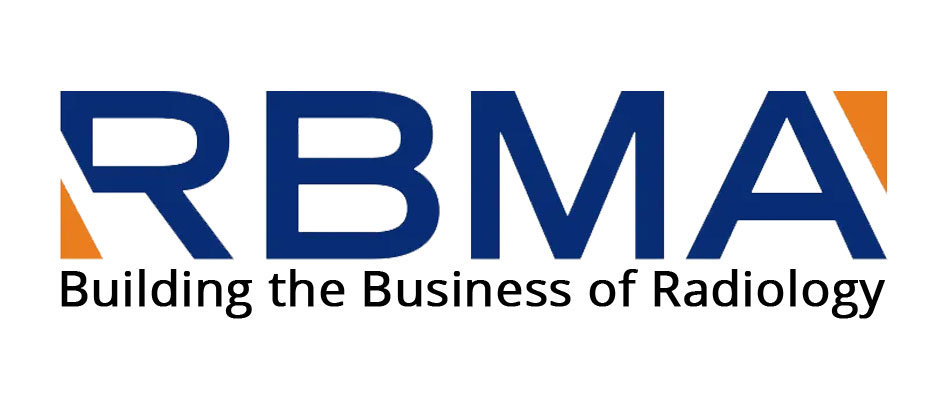Over the past few years, radiology information system (RIS) has turned into the core database for the imaging departments, ensuring them efficient electronic management. Traditionally, a radiology department's workflow was a closed system where paper-based imaging orders were received and delivered in the same format to the clinician. With the arrival of Radiology Information Systems and PACS, this fundamental relationship was forever changed, as immediate availability of images and anytime-anywhere access became synonymous with today's radiology departments.
With so many different RIS software at hand though, selecting the correct RIS is a difficult and tedious task for most radiology managers and practices. This is compounded by the fact that more often than not, it is a healthcare practice's IT department which ends up choosing the RIS, without any input from the radiologists themselves. Therefore, as a radiology manager or a healthcare supervisor, one must not only understand the importance of radiology information systems in detail, but also deduce how an RIS can merge with their existing workflow.
RIS: Breaking it Down to the Most Essential Components
Before we begin to understand the importance of RIS, it is vital to understand various terminologies used in conjunction with a radiology information system. The basic components of radiology information systems include:
- Centralized RIS: A centralized system, although much more faster and efficient, is also prone to major breakdowns which can then stall the whole process workflow of a radiology department
- Decentralized RIS: This system is preferred by radiologists since all components of the system work independent to each other. This ensures the failure of one component does not affect the others
- HL7: It is the standardized data format which allows one application to send data to the other in a mutually understandable format. It is the de facto language of communication between healthcare IT systems, which consists of messages, segments, and fields
Today, RIS software is available both as a SaaS model as well as offline model, and denotes the future of technology adoption in the healthcare and radiology sector.
The Importance of Radiology Information Systems
While most hospitals will spend the next decade upgrading their infrastructure and going through an extensive digital transformation, radiology departments have the opportunity to leap ahead of the pack by incorporating the use of analytics and the latest in IT infrastructure through innovative RIS platforms. Some of the many ways in which an RIS can support your future endeavors include:
- Patient, Film, and Supply Tracking: An efficient RIS system allows you to monitor patients, their radiology images, and both incoming and outgoing supplies in the real time. Today, if a patient is waiting for too long in the sitting area for his/her appointment, the RIS system can alert the doctors about the same
- Workflow Management: Most radiologists agree that PACS alone cannot address work flow issues, especially in multispecialty radiological centers. RIS can manage workflow right from patient ingress to egress, right until a report is generated and the examination is read by the radiologist. In contrast, a standalone PACS system can only manage images, get them to the concerned radiologist, and finally store them, but not much more
- Report Distribution: One of the key features of Radiology information systems is report dissemination and distribution, the mechanism within which radiologists' findings are distributed within the radiology department with the concerned persons, as well as with other Teleradiologists based out of other locations or geographies. This can be done in 3 different ways - sharing via post, fax, or email. Since the RIS system easily stores all physician related data in a central database, it is very easy to send and keep track of records, as and when required
- Patient Scheduling, Registration, and Entry: In most cases, these three activities are taken care of by the hospitals HIS (Hospital Information System). But with the advent of smarter RIS software, more hospitals are gravitating towards using a single interface to regulate all patient-related workflows, especially as it helps them cut costs
- Documentation: Today, most paper-based documentation works are being replaced by electronic processes. By storing the details of each and every person working in the radiology workflow in their own capacity, not only does paper usage reduce to a minimum, but the overall IT support also becomes more robust
- Booking and Scheduling: An RIS is helpful especially in cases where a clinician makes a single imaging service request which includes more than one radiology procedure. An RIS system not only helps to group these procedures under a single entry, but also allows real-time visibility into which ones have been conducted and which ones are scheduled
The Future of RIS
Demystifying RIS into its most comprehensive features allows us to have a peek at what is in store for healthcare enterprises, individual radiologists, and small practices in the future. Let us have a look at a few of them:
- Aggregation of Electronic Medical Records: Radiologists are fast becoming aware that the technology of radiology information systems can potentially save patient lives and provide a number of improvements by linking disparate hospital information systems under one roof. In the future, we can expect RIS to incorporate or work hand-in-hand with EMR and PACS software for better management
- Clinical Decision Support: Integrated and efficient RIS-based tools are already becoming available which can help improve patient management while optimizing resource utilization all throughout the workflow chain. One of the many examples of such tools is the real-time image search functionality akin to Google photos for radiologists, allowing them to browse through hundreds of relevant case files and images in order to make better deductions
- Digital Dashboards: In the near future, we can expect to see radiology dashboards move towards a wholesome, real-time goal which can then be used to facilitate operational corrections. These dashboards will borrow heavily from BI dashboards and analytics, to ensure increased transparency and fewer interruptions for better quality and efficiency
Our Related Services
Choose Flatworld Solutions for High-quality RIS and Teleradiology Services
At FWS, we have worked with numerous global healthcare enterprises and helped them implement robust RIS solutions as a part of our comprehensive Teleradiology services. With over 22 years of experience, we understand that the key to implementing RIS is the ability of the system to smoothly integrate with your existing workflow.
Contact us now to learn more about our healthcare services, and partner with a truly international radiology service provider which can help you meet your radiology needs.
Contact UsOur Customers





Key Differentiators
AHIMA Healthcare Convention 2016

USA
Flatworld Solutions
116 Village Blvd, Suite 200, Princeton, NJ 08540
PHILIPPINES
Aeon Towers, J.P. Laurel Avenue, Bajada, Davao 8000
KSS Building, Buhangin Road Cor Olive Street, Davao City 8000
INDIA
Survey No.11, 3rd Floor, Indraprastha, Gubbi Cross, 81,
Hennur Bagalur Main Rd, Kuvempu Layout, Kothanur, Bengaluru, Karnataka 560077


















